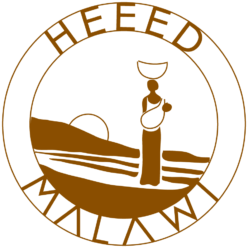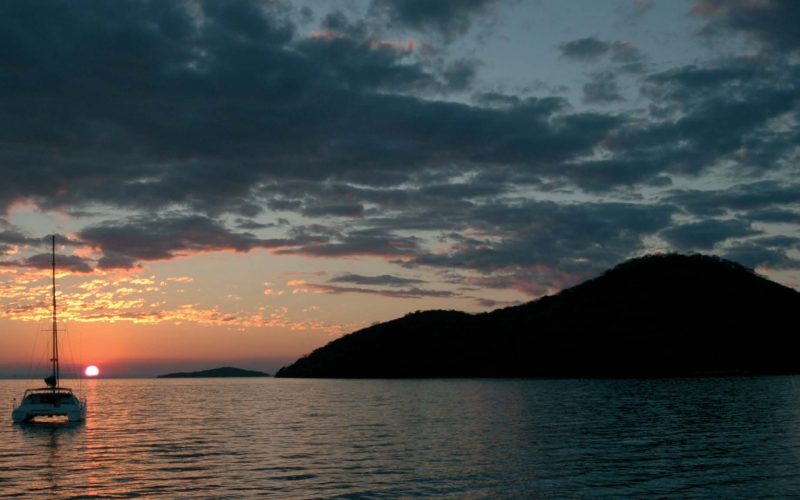

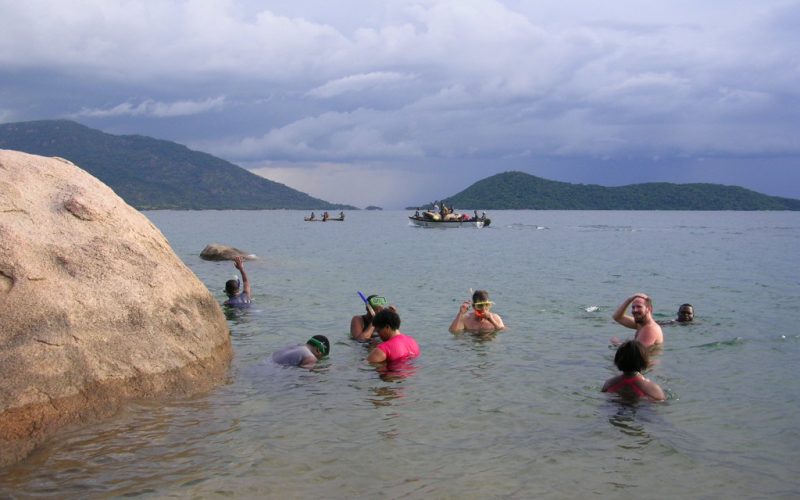
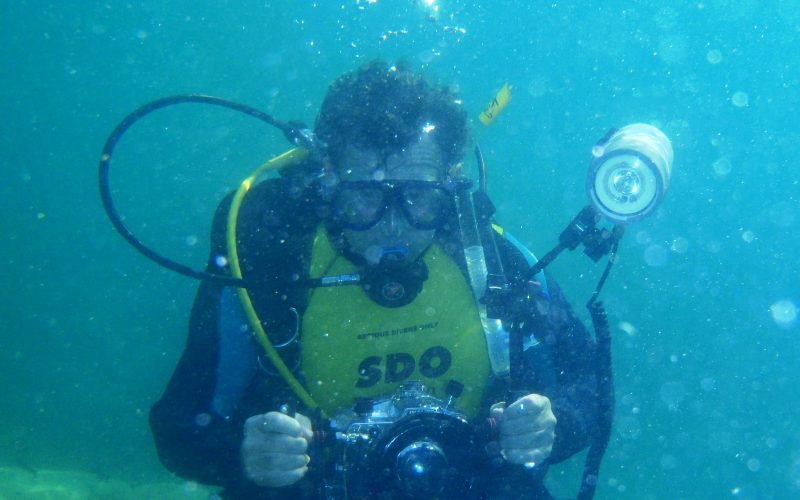
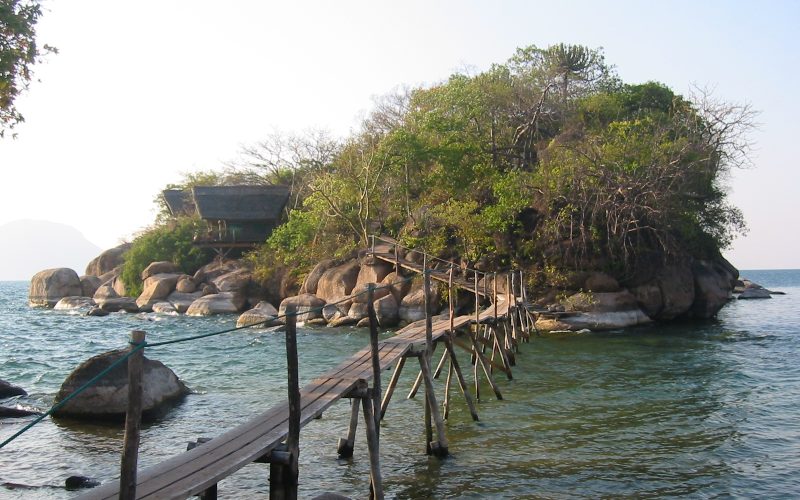

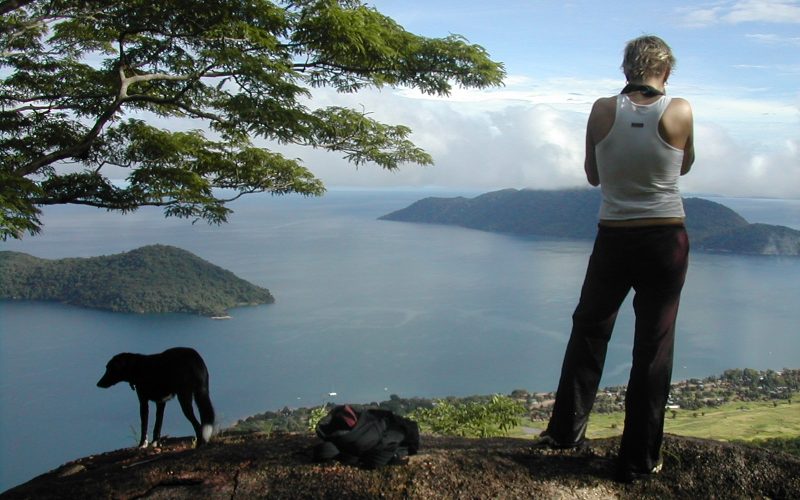
Lake Malawi’s unique ecosystem has the highest vertebrate diversity in the world with perhaps over 1000 species of fish.
Through the efforts of two scientists, Dr. Kenneth McKaye and the late Dr. Richard Bell, Lake Malawi National Park was gazetted in 1980 as the first underwater park in the world—designed specifically to protect these endangered fishes.
With a small grant from World wildlife fund USA and at the request of the Malawi Government, Dr. Kenneth McKaye used an underwater Nikonos camera to record the first underwater pictures of Lake Malawi fishes in their natural environment.
The outcome was used by both the World Wide Fund for Nature (WWF) and the International Union for the Conservation of to encourage the United Nationas to designate LMNP as a UNESCO World Heritage Site in 1984. The designation was in recognition of its biological importance and the high cichlid fish species diversity—over 60 times greater than the famous Darwin’s finches found in the Galapagos Islands, another World Heritage Site.
WWF Finland and the Malawi Government commissioned HEEED and its founding Trustees Professor Kenneth McKaye and Alison Wiklund to create guide materials and a 270 page book Lake Malawi National Park: World Heritage Site – to introduce the public to fishes and wildlife of the Park and to the community work being done by HEEED (see PDF of the Preface). This colourful and informative volume is available in bookshops throughout Malawi.
